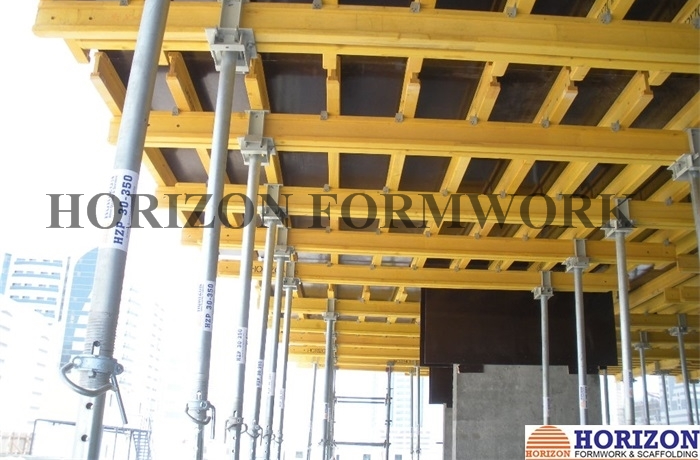Aug . 21, 2024 17:33 Back to list
Exporters of Shuttering Formwork Solutions for Construction Industry
The Importance of Shuttering Formwork Exporters in Global Construction
In the ever-evolving landscape of the construction industry, the need for efficient, reliable, and cost-effective building solutions has become paramount. One key component that has garnered significant attention is shuttering formwork. This essential element of construction provides the necessary support and shape for concrete structures until the concrete has set and gained sufficient strength. As global demand for construction services grows, the role of shuttering formwork exporters has become increasingly important, driving innovation and efficiency in the industry.
Shuttering formwork refers to the temporary molds used to shape concrete during the curing process. These molds can be made from various materials, including wood, metal, and plastic, each offering unique advantages. The choice of materials and design can significantly influence the final output, both in terms of structural integrity and aesthetic appeal. As construction projects around the world become more complex and ambitious, the demand for advanced formwork systems is on the rise.
Exporters of shuttering formwork play a crucial role in meeting this demand. They serve as intermediaries between manufacturers and construction firms worldwide, facilitating the global trade of formwork solutions. Their services extend beyond mere supply; they often provide expert consultation to help clients choose the right formwork systems based on project requirements, budget constraints, and local regulations. This knowledge is invaluable, especially in regions where construction practices may differ significantly from those in the exporters’ home countries.
shuttering formwork exporter

Moreover, one of the main advantages of working with specialized exporters is their ability to source high-quality materials and innovative formwork technology. The construction industry is heavily influenced by advancements in engineering and design. Exporters who stay ahead of trends can provide clients with cutting-edge solutions that improve efficiency and reduce labor costs. For instance, modular formwork systems are increasingly sought after due to their ease of assembly and versatility on-site. By offering these modern solutions, exporters contribute to the overall efficiency of construction projects globally.
Another significant benefit of engaging with shuttering formwork exporters is their ability to provide tailored solutions for diverse construction needs. Different types of projects, from residential buildings to large-scale infrastructures like bridges and dams, require specific formwork systems. Exporters often have a wide range of products, including traditional systems and modern pre-assembled formwork, allowing them to cater to a diverse clientele. This flexibility not only ensures that construction firms find suitable products but also drives competition within the market, leading to better prices and services for customers.
Sustainability has become a critical concern in construction, prompting many companies to seek eco-friendly solutions. Exporters typically keep abreast of sustainable practices and can offer formwork options that minimize waste and impact on the environment. Utilizing reusable materials, or those that can be recycled at the end of their lifecycle, aligns with global efforts toward sustainability and can enhance the reputation of construction firms that prioritize green building practices.
In conclusion, shuttering formwork exporters play an indispensable role in the global construction landscape. They bridge the gap between innovative formwork technologies and the demands of construction firms, ensuring that projects run smoothly and efficiently. By providing high-quality materials, tailored solutions, and a focus on sustainability, these exporters not only meet the growing global demand for construction services but also facilitate the advancement of the industry as a whole. As the construction sector continues to evolve, the collaboration between shuttering formwork exporters and construction companies will be vital in shaping the built environment of the future.
-
High-Quality U Head Jack Scaffolding – Reliable Scaffolding Jack Head Manufacturer & Factory
NewsJul.08,2025
-
High-Quality I Beam H20 Leading Timber Beam H20 Material Factory, Exporters & Manufacturers
NewsJul.08,2025
-
High-Quality Powder Coating Steel Formwork - Durable & Corrosion Resistant Solutions
NewsJul.07,2025
-
Inclined Column Formwork Supplier – Durable & Precise Solutions for Unique Structures
NewsJul.07,2025
-
High-Quality Water Stop Solutions Trusted Water Stop Company & Suppliers
NewsJul.07,2025
-
High-Quality Formwork Material Supplier Reliable Manufacturer & Factory Solutions
NewsJul.06,2025